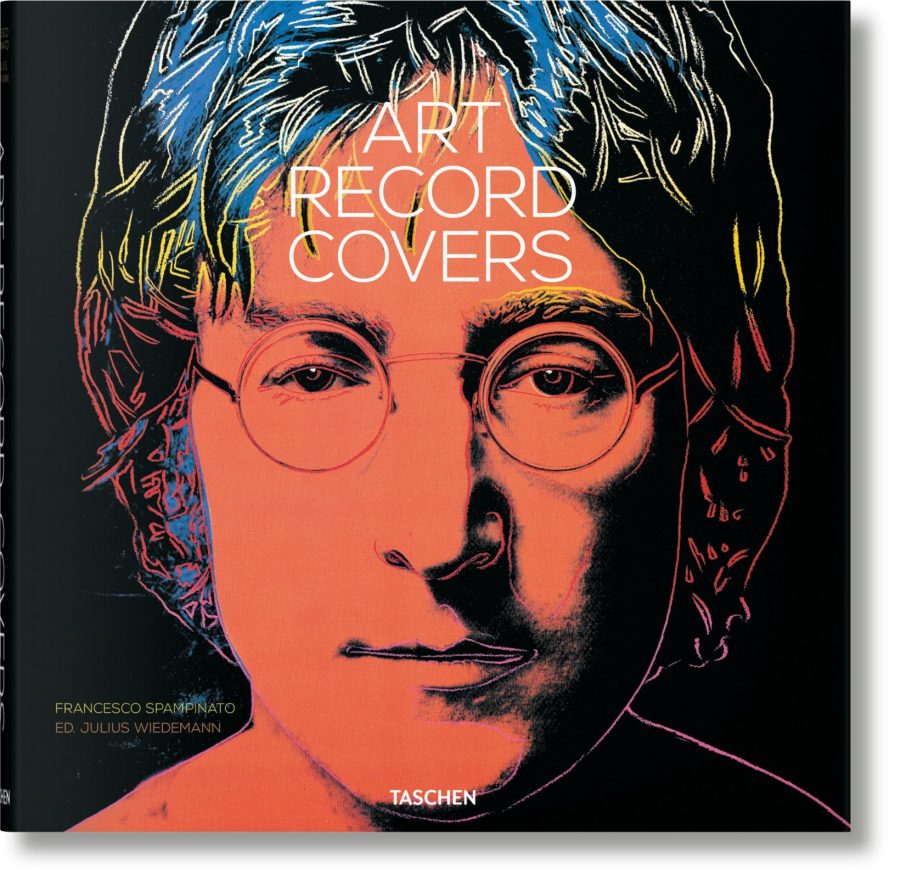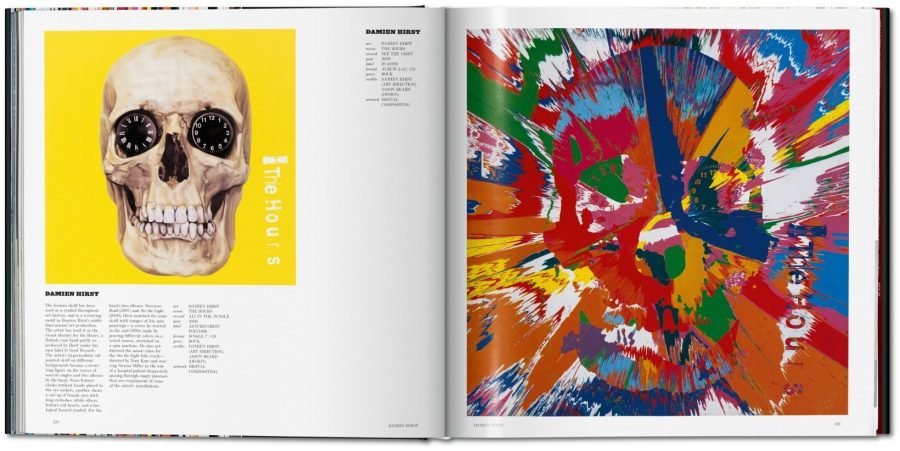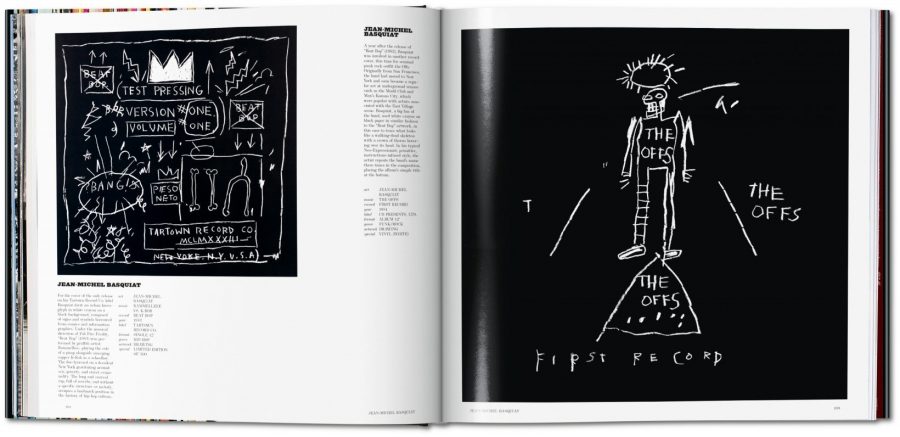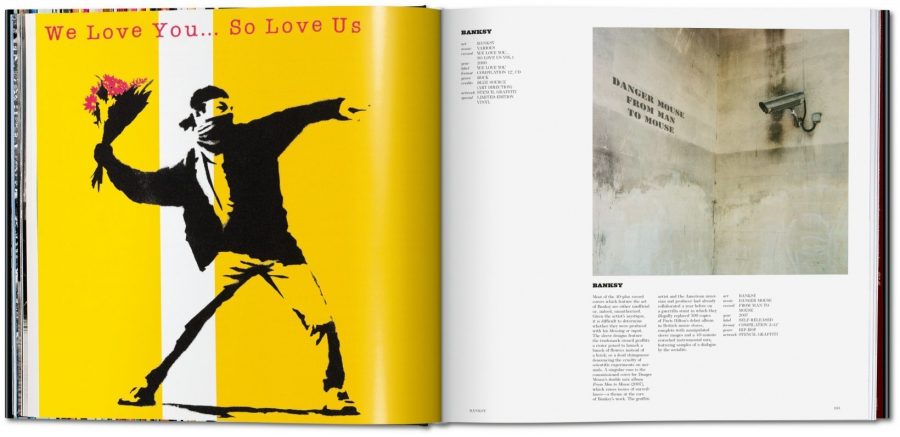Whatever did people do with themselves all day before social media and streaming video? Before TV, film, and radio? If you were most people in Europe, before various revolutions, you worked from dawn to dusk and collapsed in bed, with rare holidays to break up the monotony.
But if you were an aristocrat, you not only had the pleasures of juicy gossip, lively correspondence, and bawdy novels to look forward to, but you might also—just as millions do now—encounter such pleasures while gaming.
The gaming technology of the time was all handcrafted, and said aristocrats might find themselves trading wicked barbs while seated around the height of tech above, a table that unfolds a series of leaves to reveal a felt surface for card games, a board for chess or checkers, and a leather writing surface that offers the option of a bookrest, for propping up a scandalous book of verse.
If you think that’s impressive, the table hasn’t finished yet. It further opens into a backgammon board, with sliding lids revealing compartments for game pieces. Then, the whole thing folds back to its size as a small side table, with detachable legs that can be stored inside it for easy portage.
The animated video of the ultimate 18th century gaming system at the top comes to us from the Metropolitan Museum of Art, demonstrating a piece in their collection designed by German cabinetmaker David Roentgen that “once graced the intimate interior of an aristocratic European home.” Not to be outdone, the Getty Museum brings us the 3D animation above of an 18th-century French mechanical table, with intricate workings designed by Jean-François Oeben.
“An affluent lady might spend hours at a fashionable table, engaged in leisure or work,” notes a companion video above. It illustrates the point with a pair of ghostly animated hands composing a letter on the table’s silk writing surface.
One can imagine these hands spilling the ink while opening juniper-scented drawers, and propping up the book stand; losing their place in a book while searching through compartments, early forms of scrolling or opening multiple tabs.
We may now carry mechanical tables in our pockets and rightly think of gaming systems as portals to other worlds, but there’s no denying that these bespoke ancestors of our devices offered plenty of opportunity for pleasant distraction.
Related Content:
How Ladies & Gentlemen Got Dressed in the 18th Century: It Was a Pretty Involved Process
The Sights & Sounds of 18th Century Paris Get Recreated with 3D Audio and Animation
Restoration and 18th Century Poetry: From Dryden to Wordsworth (Free Course)
Josh Jones is a writer and musician based in Durham, NC. Follow him at @jdmagness.








